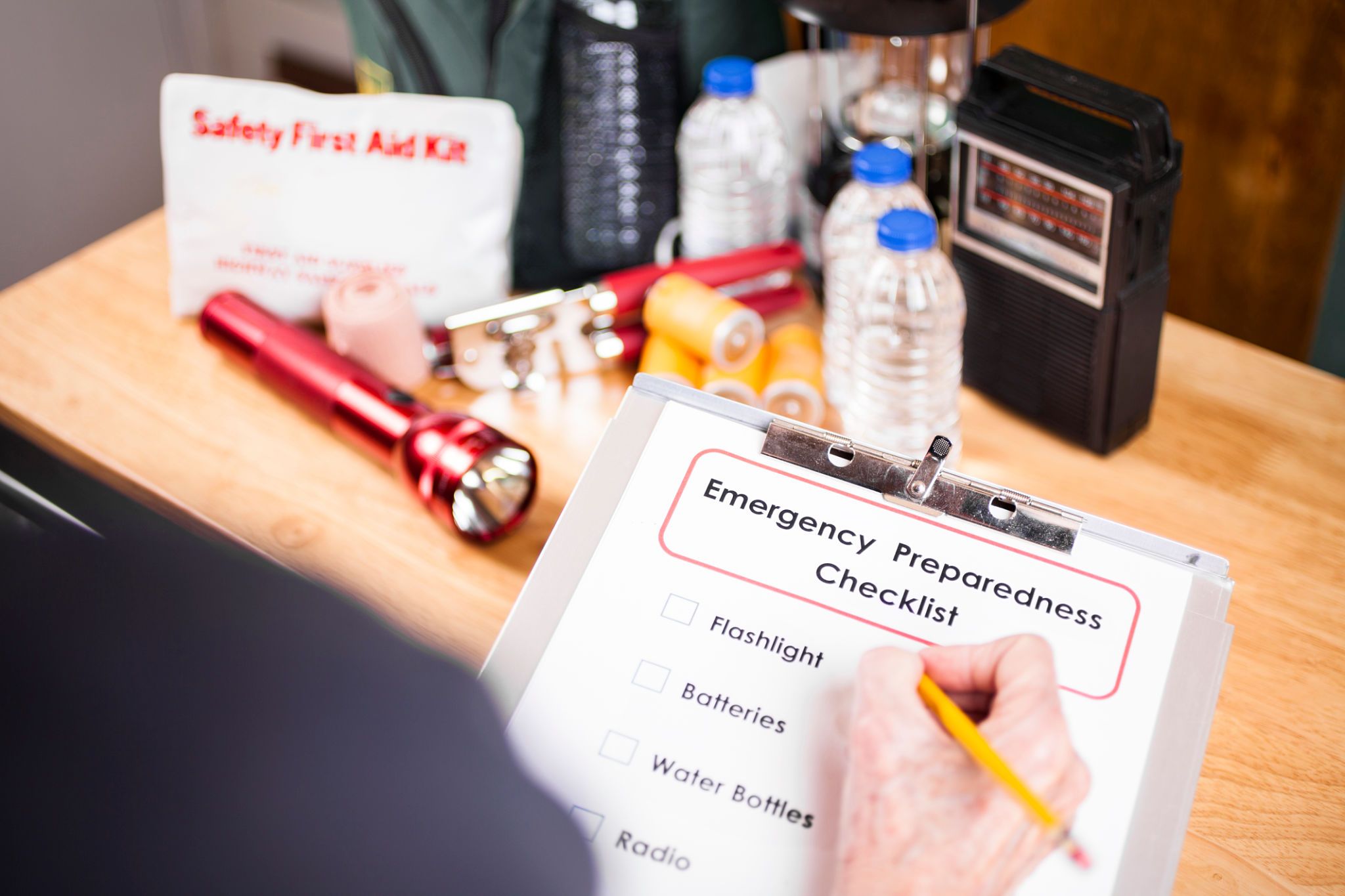Preparing Florida High-Rises for Hurricane Season: A Guide to AI-Powered Risk Assessment
Understanding the Importance of Hurricane Preparedness
As Florida high-rises stand tall against the skyline, they also face the brunt of nature’s fury during hurricane season. Ensuring these buildings are prepared is crucial for the safety of residents and the integrity of the structures themselves. With advancements in technology, it is now possible to leverage artificial intelligence (AI) for risk assessment, making preparation more efficient and effective.
AI-powered systems can analyze vast amounts of data quickly, providing insights into potential vulnerabilities and recommending proactive measures. By understanding these risks, building managers can implement strategies to mitigate damage and ensure the safety of occupants.

How AI Enhances Risk Assessment
Traditional methods of risk assessment often rely on historical data and manual inspections, which can be time-consuming and sometimes inaccurate. AI, however, introduces a game-changing approach by using predictive analytics and machine learning to forecast potential threats with greater precision.
AI systems can process data from various sources, including weather patterns, structural health monitoring, and even social media signals, to provide a comprehensive risk profile. By continuously learning from new data, these systems improve their accuracy over time, ensuring that building managers have up-to-date information at their fingertips.

Implementing AI for High-Rise Safety
The implementation of AI in high-rise safety begins with selecting the right tools and technologies. Building managers should collaborate with technology experts to choose systems that best fit their needs. Once installed, these systems can monitor critical aspects such as wind loads, structural vibrations, and potential water ingress points.
Regular training sessions for staff can ensure that everyone understands how to interpret AI-generated reports and take appropriate action. This proactive approach not only enhances safety but also helps in reducing insurance premiums by demonstrating a commitment to risk management.
Steps to Prepare for Hurricane Season
Preparing a high-rise for hurricane season involves a series of strategic steps. Here's a comprehensive checklist:
- Conduct an AI-based risk assessment: Use AI tools to identify potential vulnerabilities in the building structure.
- Reinforce structural components: Strengthen windows, doors, and roofs based on AI recommendations.
- Develop a communication plan: Ensure all residents are informed about evacuation routes and safety protocols.
- Stock emergency supplies: Prepare emergency kits with essentials like water, food, and medical supplies.

Maintaining AI Systems for Continued Safety
Once AI systems are in place, it’s vital to maintain them regularly. Regular updates and maintenance ensure that these systems function optimally during critical times. By scheduling periodic checks and updates, building managers can keep the AI tools prepared for any eventuality.
Additionally, integrating feedback from past hurricane seasons can help refine AI models further. This iterative process ensures that each year, the buildings are better prepared than the last.
The Future of Hurricane Preparedness
The integration of AI into hurricane preparedness for Florida high-rises marks a significant step forward in ensuring safety and resilience. As technology continues to evolve, we can expect even more advanced systems that offer deeper insights and more precise recommendations.
By embracing these advancements today, building managers not only protect their structures but also set a benchmark for future readiness. As we move forward, the role of AI will undoubtedly be pivotal in shaping safer urban environments.

